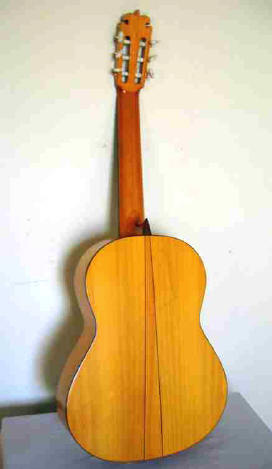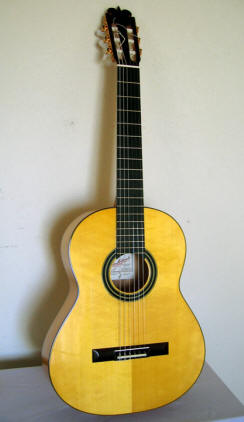The Spanish luthier Pedro Maldonado was born in Loja, Granada in 1929. While still a little boy, he developed a great affection for the guitar. At nine, he was already cutting wood in the shape of guitars in his father's carpentry shop. Because of the Spanish civil war, his education was interrupted, and he was not able to finish school until 1946. In 1950, after doing his military service, he went to Granada and there apprenticed the luthiers Manuel de la Chica (1911-1998) and Miguel Robles (1902-1970) , crediting the later guitar maker as being his primary teacher. Miguel Robles had been a disciple of Benito Ferrer (1845-1925), and had later worked for José Ramirez II (1885-1957), and briefly for Santos Hernández (1874-1943).
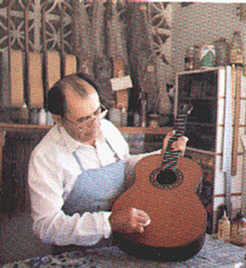
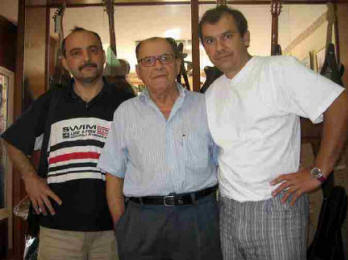
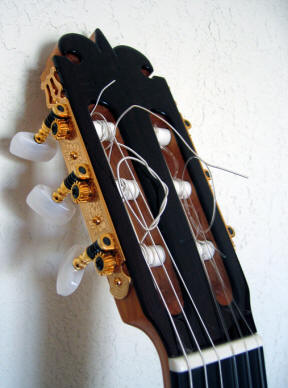
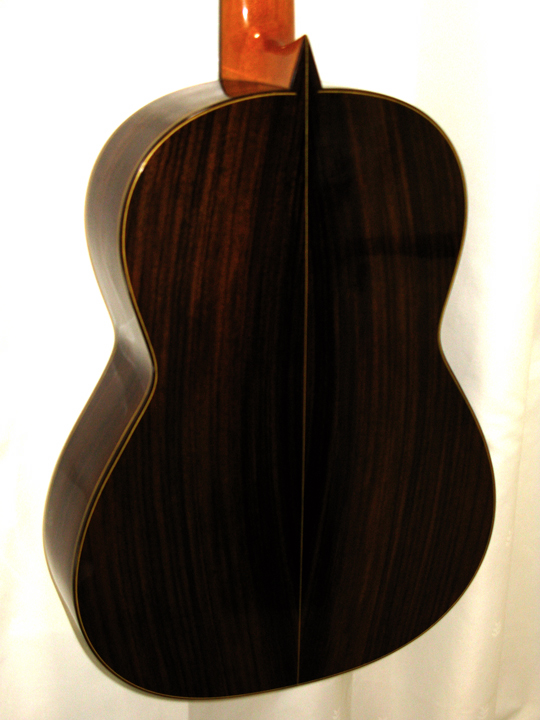
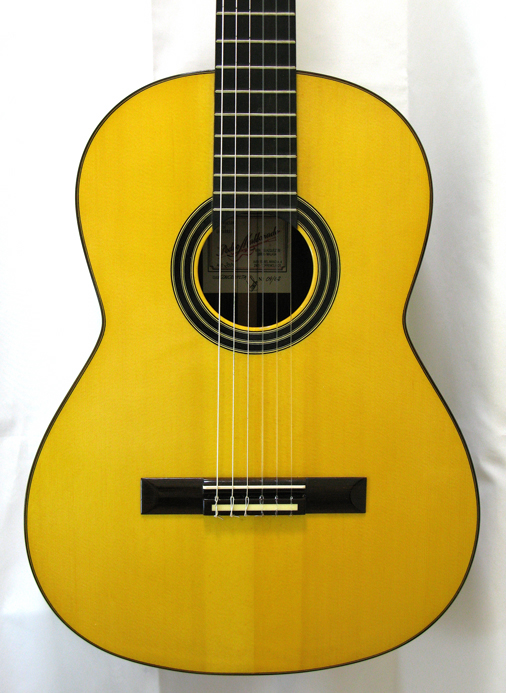
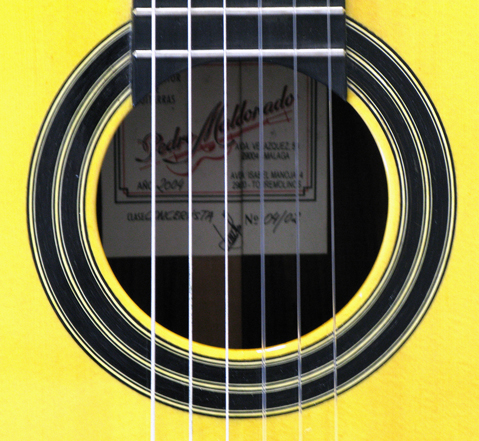
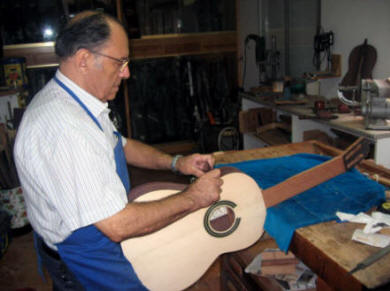
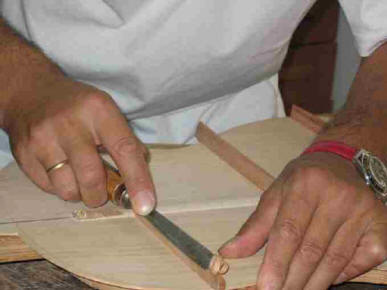
Although Pedro was never a formally student of the luthier Eduardo Ferrer, they became close friends while he was in Granada, and he benefited enormously from his advice. In 1959, he established his shop, "La Casa Maldonado" in Loja. Five years later, he moved to Malaga where he has continued to develop his art, specializing in fine handmade classical and flamenco guitars. Maldonado's stature is such that Luis F. Leal Pinar devotes an entire chapter in "Guitarreros de Andalucia" (2004) to him.
He currently works with his sons Pedro and Luis, also born in Loja in 1959 and 1961 respectively. They each began working with their father at fifteen. Maldonado's flamenco guitars have the duende and soul that flamenco players seek, and are used by Vicente Amigo, Pepe Romero, Manuel Cano, Sergio Lara, Diego Vargas, Strunz and Farah, and many more. His classical guitars are likewise exceptional instruments. Elliot Fisk, one of Segovia's favorite students, has purchased two guitars from Pedro Maldonado.
As the dollar falls against the Euro, the prices of the highest quality handmade concert guitars from Spain has risen sharply -- pushing them beyond the reach of most players. I took the problem of building a true luthier made concert quality guitar at an affordable price to the Maldonados. The challenge I laid down was to build a 1a concert guitar that would have the same quality of sound as their top of the line instruments. They agreed to make a new set of models exclusively for us. -- the Andalucia flamenco and Concertista classical.
How to build affordable 1a concert guitar without sacrificing quality of sound?
The quality of a concert instrument starts with the selection of woods. We decided the Andalucia and Concertista models would be built with same master grade, aged German spruce that they use in their top of the line instruments.
Although no compromises were made in the quality of the craftsmanship, which is simply superb to make these instruments affordable the following measures were taken:
1) The Concertista model has back and sides made of Indian rosewood rather than Brazilian (which these days requires CITES permits anyway). The Andalucia model uses master grade Spanish cypress for the back and sides, but is made with a three piece back-- allowing the use of narrower, more affordable cuts of wood.
2) Rather than adorn the guitar with luthier's artistic touches: (elaborate mosaic rosettes, marquetry herringbone and multi-line purflings and bindings, carved headstocks, etc) the decoration used on these models are simple but elegant, The guitars are lacquer rather than French polished.
3) Instead of using expensive tuners, these models use more affordable but good quality machines by Gotoh.
Concertista Model
Not only is the craftsmanship of the Concertista model guitar superb, but it possess all the qualities one expects in a true concert classical guitar: power, color, and balance, as well as refinement and loveliness of tone. Pedro Maldonado working on the Concertista model. This rosette is used in both Andalucia and Concertista models The labels designate the model, and are signed, dated, and numbered.
Andalucia Concert Flamenco
Pedro Maldonado's flamenco guitars are highly esteemed in flamenco circles. They have all the qualities one would expect of a good flamenco guitar: power, burn, snarl, firm crisp basses, brilliant vibrant trebles, but also refinement and loveliness of tone. These qualities have led many leading flamenco artists to use his guitars, including Vícente Amigo, Pepe Romero, Manuel Cano, Sergio Lara, Diego Vargas, Strunz and Farah, and many more.
Both models use this headstock, and Gotoh tuners.

